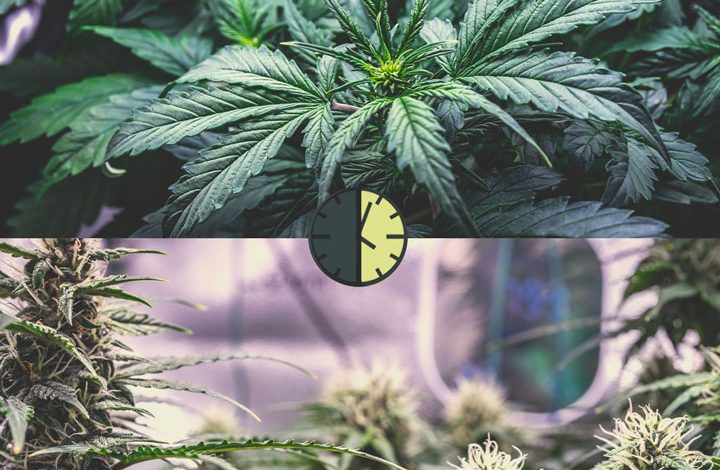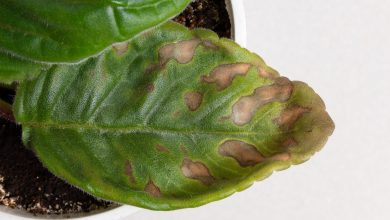Cultivate Autoflowering: How to do it? What advantages and disadvantages do they have?

What are autoflowering crops?
Autoflowering cannabis strains automatically transition from vegetative to flowering growth phase based on age, unlike the ratio of light to dark hours required by photoperiod dependent or short day strains.
Many autoflowers will be ready to harvest in less than 10 weeks from seed.
Dwarf varieties can be short in stature while still offering a decent yield.
How to grow autoflowering?

Autoflowering strains go from seed to harvest in no time, yielding incredible results.
In fact, you don’t have to be an expert in the field to access an easy and fast cultivation. In specialized stores like Eurogrow you can find autoflowering plants in bulk to buy only the amount you want.
These types of plants are distinguished by their robustness, being easy to grow in any space, even in the smallest. From here we want to answer the question of how to grow autoflowering plants through a small and practical guide that will clarify some doubts.
How long do autoflowers take from germination to harvest?
Autoflowers typically take 8-10 weeks from planting, although certain strains may take up to 12 weeks to reach full maturity.
Be that as it may, their genetics are quite robust and they offer some tolerance, so they can be grown by beginners. In addition, they can be grown outdoors as they are resistant to pests and pathogens.
This type of crop may not be the most abundant, but many growers bet on it because of its rapid growth.
Autoflowering growing guide: step by step
The goal of this short and simple growing guide is to enable you to get a quick and easy to manage harvest. If you keep certain aspects in mind, your harvest will be productive and your plants will grow strong.
- Week I. Germination. This process takes 1 to 3 days. Autoflowering plants do not require as many fertilizers, although you should pay attention to the soil mix, adding the nutrients and minerals they need to promote their growth.
- Week II. Beginning of flowering. The process of photosynthesis has started and it will be necessary to install low consumption LED lamps to generate a little heat. Use fertilizer formulas specially designed to cover this stage and set the timer.
- Week III. Advanced vegetation phase. In this phase, your plant will have reached 15 centimeters in height. Do a low-stress workout, keeping your flowering points exposed to light.
- Week IV. End of the vegetation phase. It’s about to start flowering, so you’ll need to make small adjustments to prevent the plant from becoming stressed.
- Week V. Flowering has started. In this week, your plant will grow some bumps that will gradually turn into somewhat sticky buds. Adjust your lighting and maintain optimal environmental conditions.
- Week VI. The flowers multiply and begin to smell. This week you have to reduce the humidity a little to avoid the formation of mold.
- Week VII. Routine checks. Look for possible pests in the form of mites or thrips and check that the leaves do not present nutritional deficiencies.
- Week VIII. Wash the roots and start defoliating. Washing the roots will remove excess nutrients and defoliation will improve the yield.
- Week IX. Avoid the latest problems. This week you must avoid infestations and keep your care in balance.
- Week X. Collect the fruits. Some buds will look ripe and you can dedicate yourself to the drying and curing process to obtain a quality product.
Indoor autoflowering cultivation: Advantages and disadvantages
Autoflowering plants can be grown indoors or outdoors, everything will depend on the circumstances, needs or preferences of each person. Be that as it may, from here we are going to show you first of all the advantages and disadvantages of growing autoflowering plants indoors.
Advantage
- By growing indoors, you will be able to grow this type of crop in any season of the year and you will not have to worry about the weather at any time. Neither the rains, nor the wind nor the cold will be a problem that you should pay attention to.
- Autoflowering plants don’t get too tall, so you won’t have any trouble placing bulbs either. The light will reach them perfectly and you will be able to obtain a quality crop.
- The flowering is shorter, so the crop will last less and you will be able to carry out more crops per year of any variety that interests you.
Disadvantages
- Lighting is one of the aspects that we must take care of most in an indoor crop. Autoflowering plants require many hours of light throughout the day for the duration of the crop. That way, you will need to spend more on electricity.
- Production is another aspect to pay attention to. This type of autoflowering strains are smaller, so the production will be lower. Of course, it has an easy solution, because if you want to increase it, it will be enough to grow more plants.
- The available space is another aspect to assess. And it is that if you do not have a room specially indicated for it, you may have space problems in your house.
- Another inconvenience is related to possible problems with the neighbors related to the smell, hence you have to invest in special filters to prevent its aroma from going outside.
Autoflowering Outdoor Cultivation: Advantages and Disadvantages
It’s time to analyze the outdoor cultivation of autoflowering, with its pros and cons.
Advantage
- Being outside, you will not need spotlights. In addition, this type of autoflowering flowers with a lower quality of light and in less time.
- Great energy savings in terms of lighting and other issues related to ventilation, the extraction system, etc.
- The cultivation of outdoor autoflowers will end earlier and it will be possible to grow another crop during the season. This will allow you to free yourself from the effects of adverse weather conditions and the infection of fungi and pests starting in September.
- These plants do not reach much height, so they will hardly attract the attention of passers-by or neighbors, being ideal even on balconies.
Disadvantages
- Find a place with good light. If your patio or balcony gets shade all day, the production will not be good. The same if you live in a particularly cold place.
- Although these crops are relatively short, you will have to be very careful to avoid certain problems in the form of insects or pests.
Which one do you prefer?


![Photo of How to Prune an Avocado Tree: [Guide on Avocado Tree Pruning]](https://www.complete-gardening.com/wp-content/uploads/2022/08/how-to-prune-an-avocado-tree-guide-on-avocado-tree-pruning-390x220.jpg)
![Photo of Plant Rhododendron in your Garden: [Complete Guide + Important Points]](https://www.complete-gardening.com/wp-content/uploads/2022/08/plant-rhododendron-in-your-garden-complete-guide-important-points-390x220.jpg)
